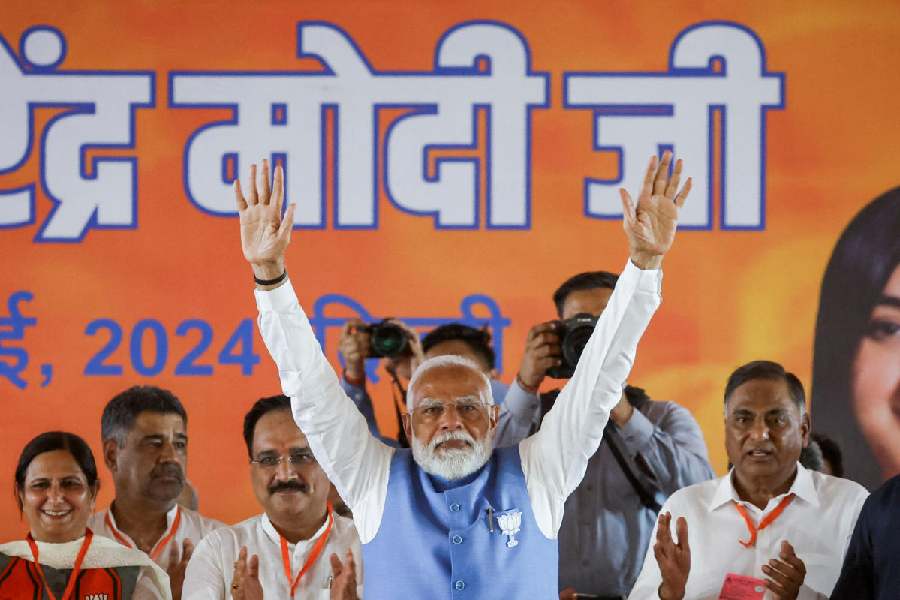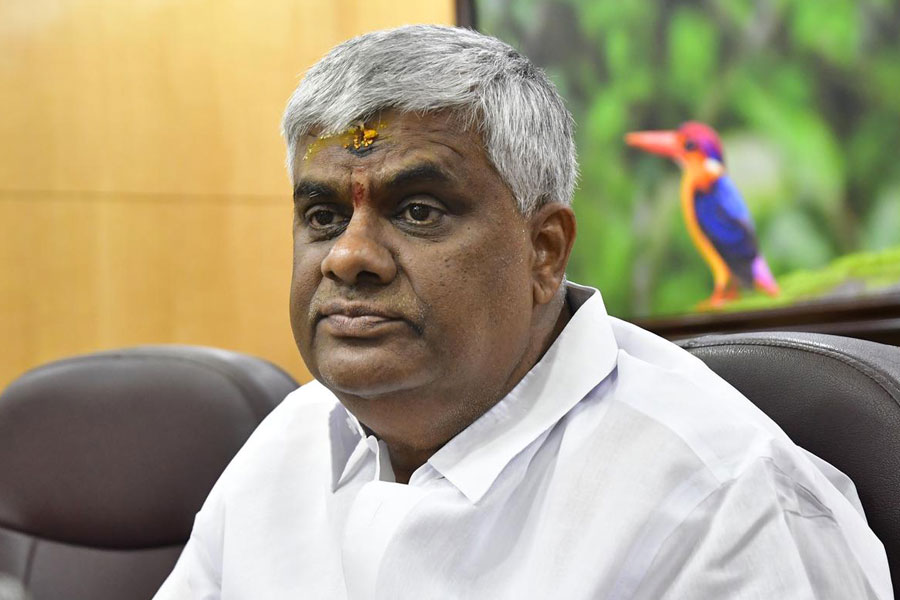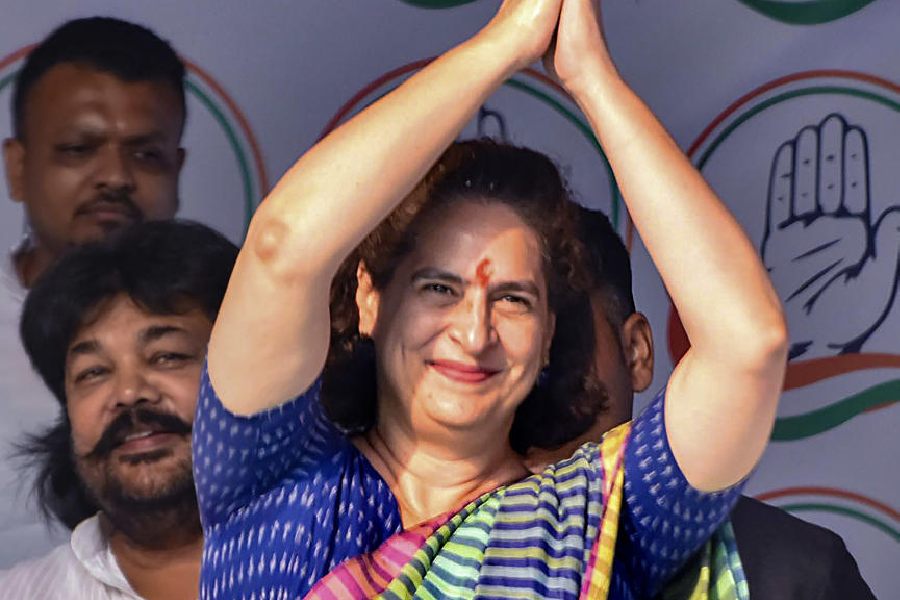Since the dawn of civilisation, man’s quest for self-expression has led to many outcomes that have defined humanity’s journey of evolution. It is the quest to express man’s innermost creative urges that has shaped myriad forms of cultural expression — be it art, architecture, literature, music or craft.
Amongst all these practices, craft is perhaps the most tangible creative discipline and one with the most practical and far-reaching applications. Different mediums of craft have, however, suffered from popular misconceptions. Many of our indigenous crafts have often been deemed as a lesser discipline, the practice of which is considered a menial chore and hence typically undervalued in modern life. A craftsman, no matter how skilled, is seldom accorded the same degree of respect as his peers in the arts or other walks of life and this dichotomy has come to pervade and shape our thinking of craft as we know it today.
As an economic activity, crafts are perceived as subservient to other forms of livelihood and are often assigned a low order of priority in a post-industrial world that has been nourished by ersatz products. While many industrial processes imitate crafts originally practised by hand, they command a far higher degree of respect than the practice of craft. This divide often manifests itself as poorer economic dividends to practitioners who also suffer from lower social validation than their peers. This would perhaps explain why craft-based sectors of our economy are seldom recipients of any economic incentives from the government that are often accorded to other sectors of our economy such as agriculture and industry.
Another tragic misunderstanding that limits the application of craft and thereby its economic viability is that the aesthetic vocabulary of a craft is limited to its native roots. The cultural sentiment surrounding a craft can sometimes limit its application and cross-cultural appeal, a fact that is best exemplified by several of our finest schools of textile-based craftsmanship.
As a textile designer who has worked with the finest ateliers in the world, I have come to experience firsthand the awe that India’s textiles inspire in a global audience. Yet native Indian textiles have remained largely limited in their reach due to rigidity in thinking surrounding their design vocabulary. Puritanical interpretations of our craft-based design vocabulary often limit the application of craft to a narrow visual language, which is damaging to the cause itself.
It is, in my opinion, essential for our indigenous crafts to find wider expression and thereby increase their reach to a wider and more global audience in order to survive and thrive in the post-modernist era. Such an endeavour would entail a broader revitalisation of the crafts and a re-imagination of its applications, design and in some cases, technology. It would also simultaneously be essential to promote a more popular appreciation of our crafts and help them transcend the boundaries by which they are currently circumscribed.
The greatest challenge in this process would possibly be to undo the mindsets of the consumers at large. It is baffling to note how in a country that has the widest, most diverse and sophisticated craft disciplines, the majority of the population can remain ignorant of their very existence or unappreciative of their beauty. Our understanding of craft has notably diminished over time, even while the economic value of truly craft-based products has increased only marginally. This has often called into question the economic viability of many crafts.
The use of a more contemporary design language without compromising on the artistic integrity of a native design language would also allow greater receptivity of a craft among global audiences. To state the obvious, our crafts need to move from the realm of archives and museums to those of luxury boutiques and high street stores around the world. Design intervention therefore becomes the major transformative tool by virtue of which such a change can be fashioned. While many crafts have been repositioned for an Indian audience, the next phase of such revitalisation would require us to re-imagine Indian craft for a global audience.
This would entail up-skilling craftsmen and women and infusing adoption of newer techniques to enhance productivity and workflow among other measures. Even simple mechanical aids have often had far-reaching impact on the workings of handlooms in the past decade and such an impact alleviates the working conditions and remuneration alike of an artisan. Greater application of thought in alternative applications of traditional craft would also help elevate some moribund traditions to be revived in more meaningful ways. If, for instance, one could adapt the elaborate and ancient carpet-weaving techniques of Warangal and Kashmir to a more modern sensibility, there could be many new markets that could be opened up for these incredible crafts globally as there could be for many other schools of weaving across the country.
Another aspect of craft that has been overlooked in India is the need to formalise the various aspects of what in many places is a cottage industry. This could, of course, assume many dimensions such as imparting training and craft-based education in schools and institutions and better access to financial markets through innovative financial instruments. Craftsmen and women would also be greatly benefited by synergistic applications in alternative industries such as architecture and construction, thus enabling a diversification of their skill-based businesses.
As a practitioner, I have often worked in weaving schools and clusters where the simplest of innovations is resisted at first and has to often be heavily incentivised. This involves greater risk-taking on the part of businesses involved in craft-based enterprises but it is such a risk that often produces dramatic outcomes — such as the world’s first ever linen-blended Kanjeevaram or the elaborately intricate brocaded textiles that I have been privileged to introduce in recent times. While I am by no means the only exponent of such innovations, I have come to believe in the need for innovation as a means of rejuvenating India’s craft sector and I can safely say there is enough incentive to do so.
While these and others have been some examples of Indian designers showcasing the beauty and versatility of our crafts, there is a need for broader interventions in order to herald a true renaissance of Indian craft. Stellar beginnings have been made and even as more labels take to globalising our native crafts, one is happy to report that the best days of Indian craft is yet to come.

K.H. Radharaman is founder CEO & principal designer of The House of Angadi










